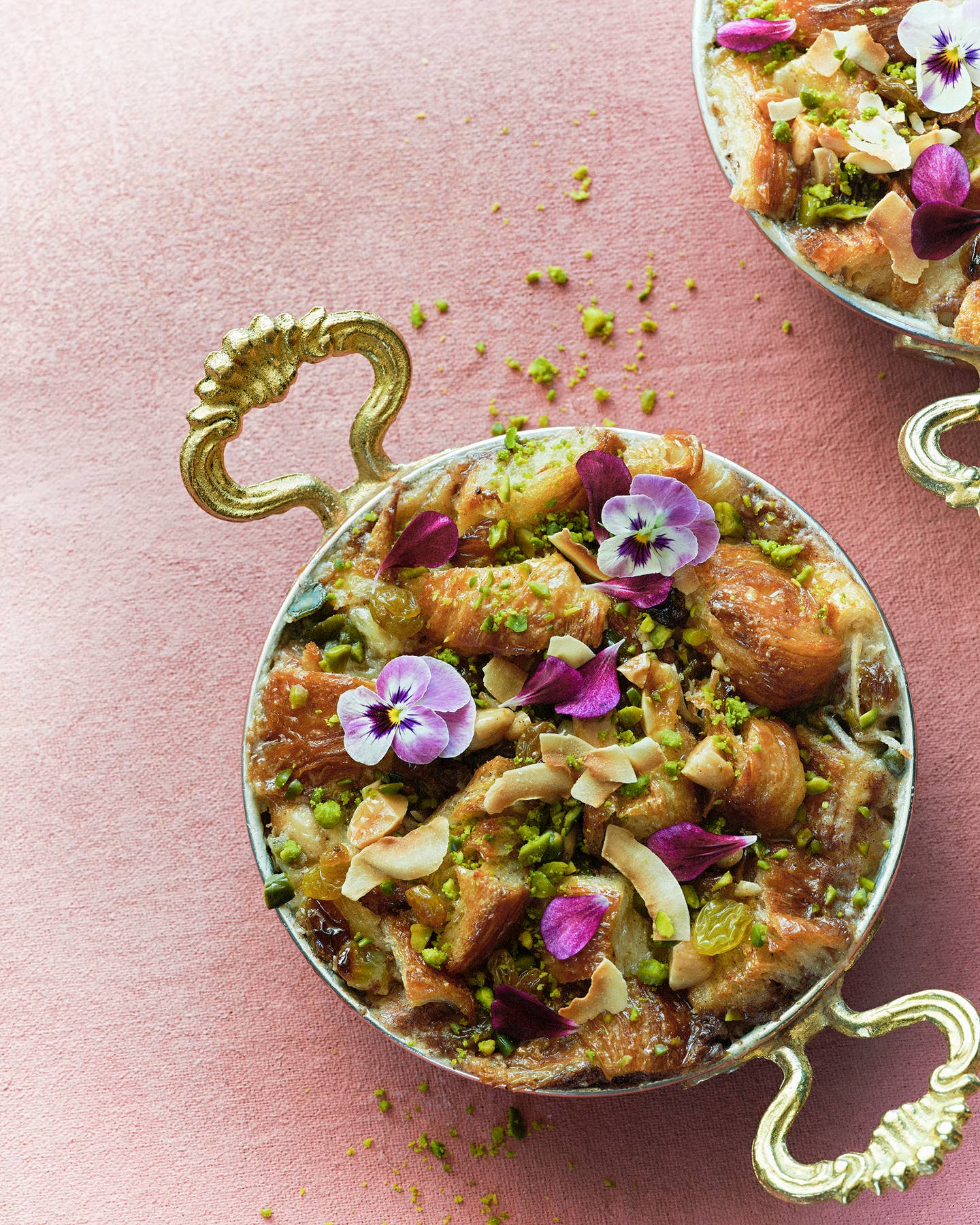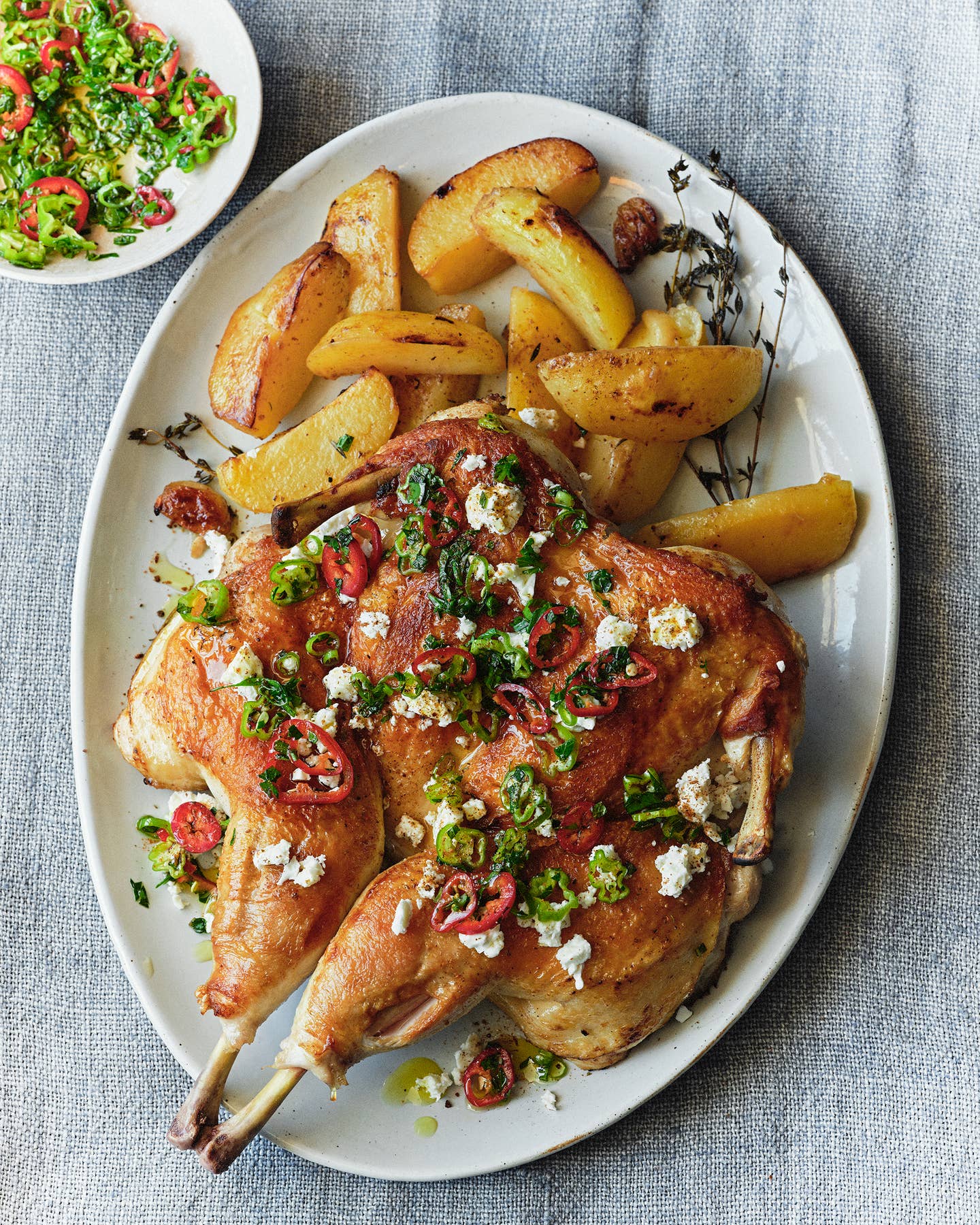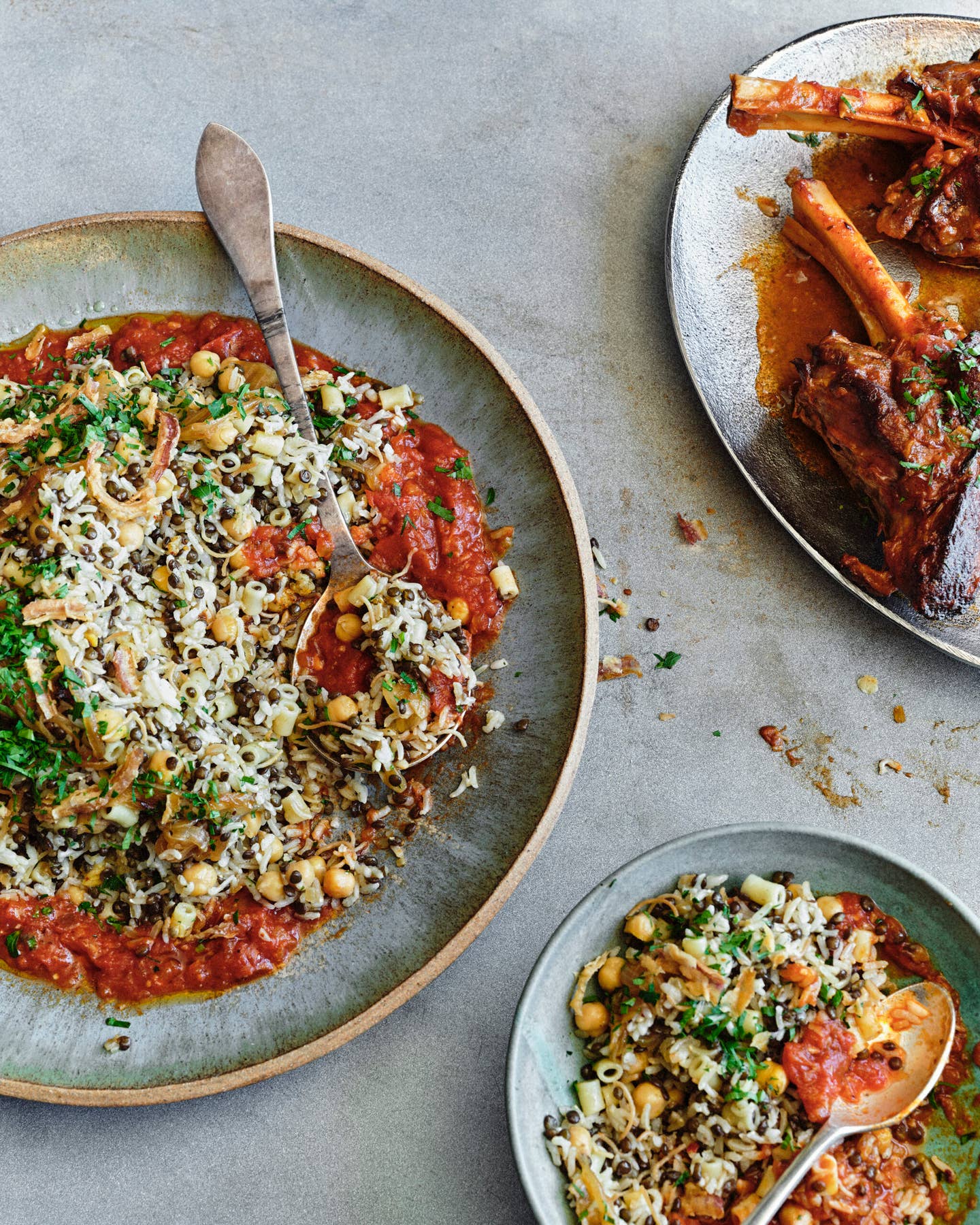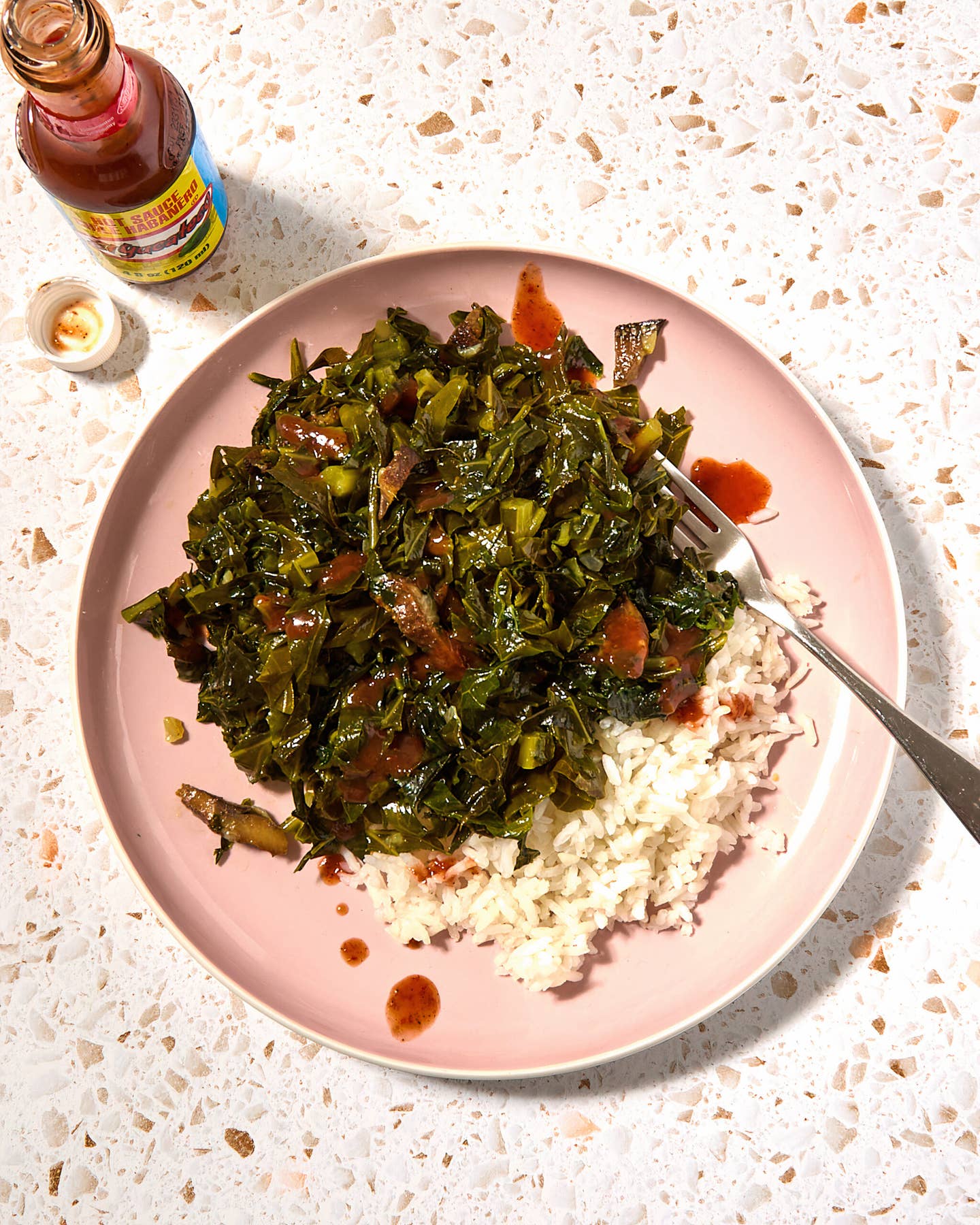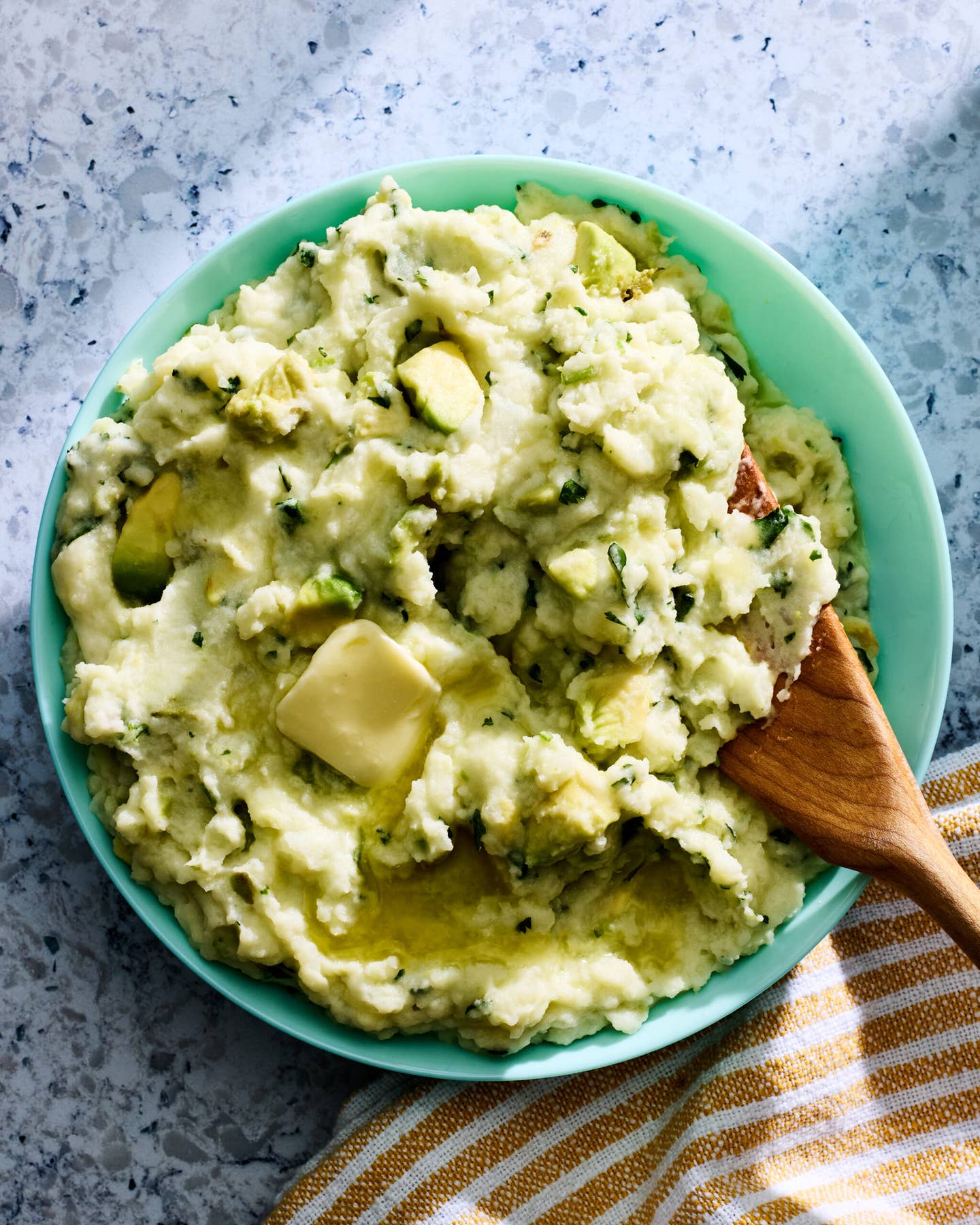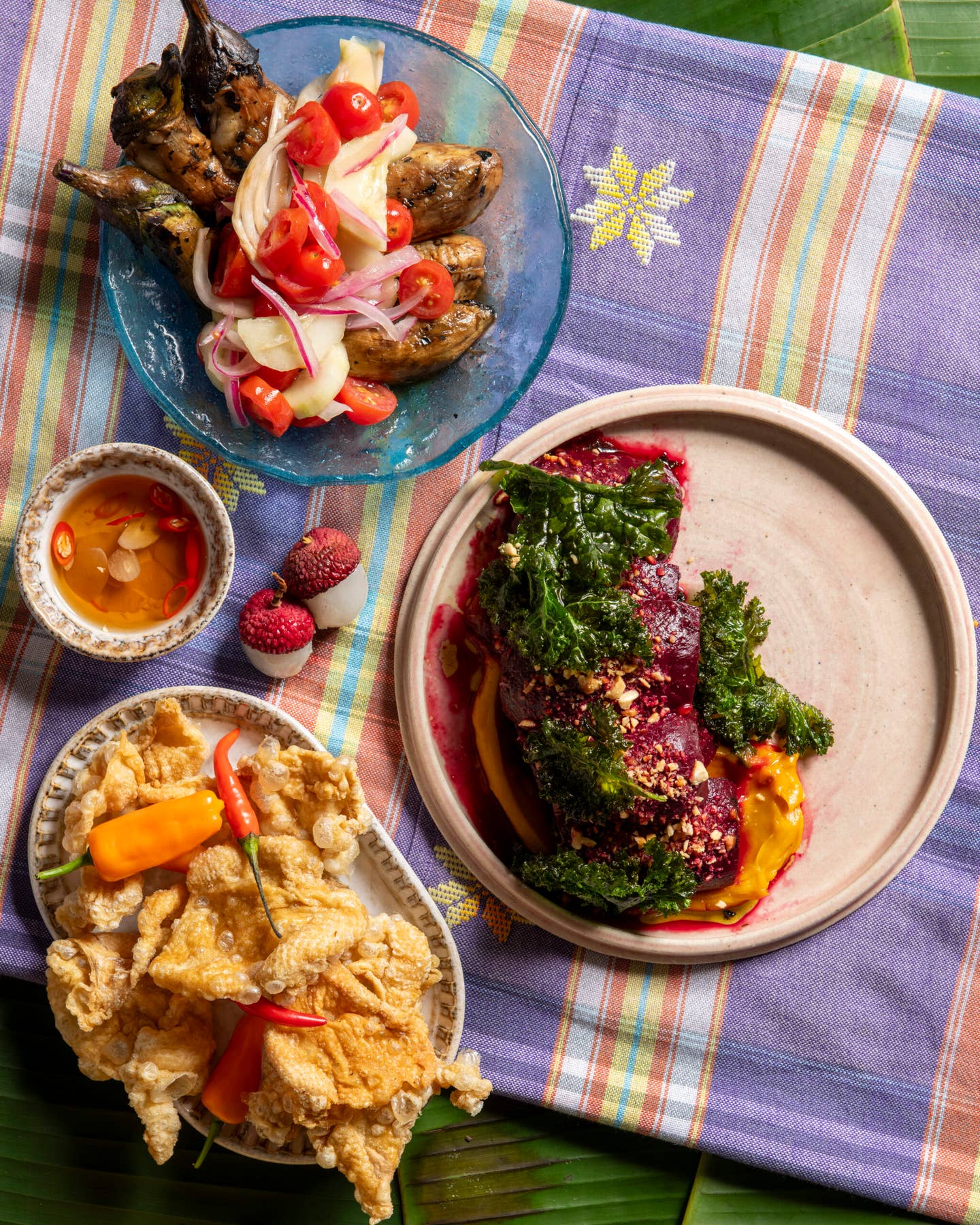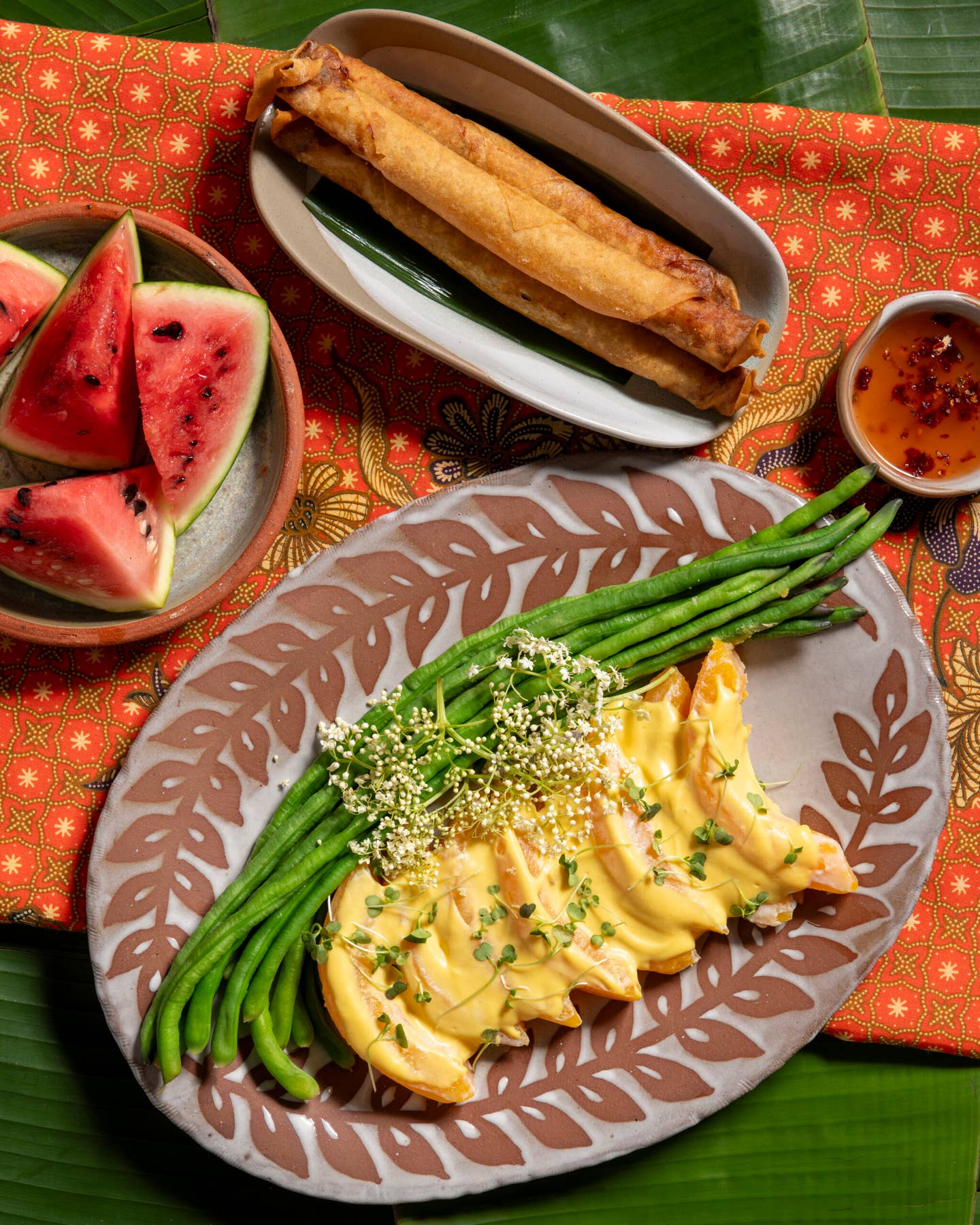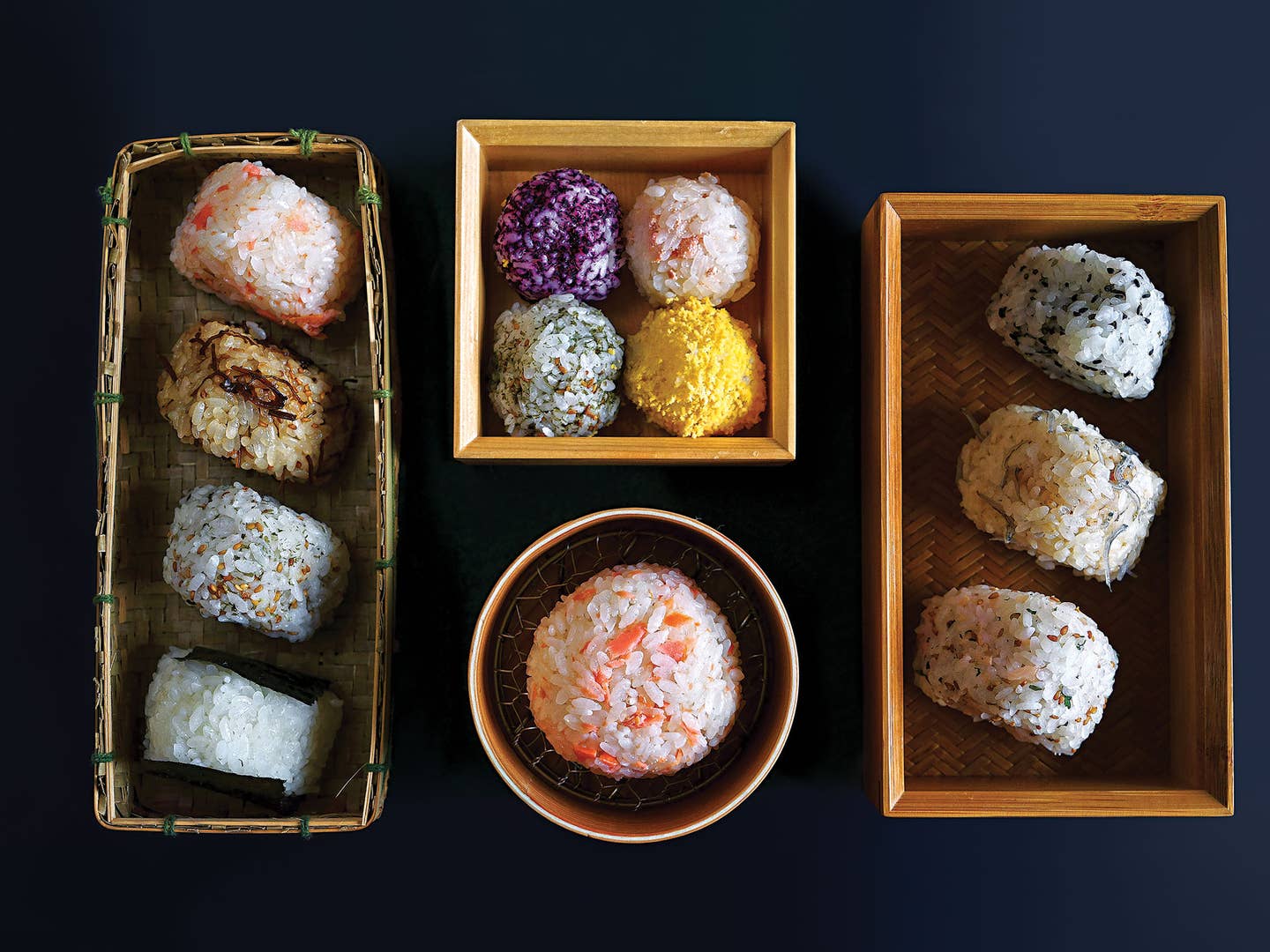
18 Essential Japanese Recipes to Cook Right Now
From ramen and yakitori to tempura and tsukune, here’s how to make all your favorites at home.
Japan boasts one of the world’s richest culinary cultures, historically emphasizing seasonal, vegetable-heavy ingredients. There’s also a plethora of seafood offerings, with fish prepared every way from grilled and tempura-fried to raw. Then there’s the meat: who could forget about Japanese barbecue, or yakitori? On the starch side, noodles like udon, soba, and ramen are standouts. Delicate flavors from ingredients like white miso and dashi are layered expertly throughout the cuisine, from clam chowder to chawanmushi. We’ve rounded up our best essential Japanese recipes to try today, from traditional dishes to modern takes on classics.
Comfort food at its finest, this dish incorporates the rich flavors of homemade dashi with tender chicken, onions, and soft-cooked eggs over rice. It’s a staple dish at Rintaro, chef Sylvan Mishima Brackett’s San Francisco izakaya. Get the recipe >
White miso adds nutty, funky notes to this clam chowder recipe from Osamu Yoshikawa, the sixth-generation owner of bean-to-bottle soy sauce company Inoue Honten in Nara, Japan. Combined with fragrant dashi, it creates a rich, umami-filled take on a typical New England-style dish. Get the recipe >
After green tea leaves have been steeped, Junichi Uekubo, a seventh-generation tea farmer in Nara, Japan, uses them in his version of ohitashi, a blanched-greens dish often made with spinach. Serve the subtly bitter leaves over steamed rice drizzled with mayonnaise for a simple meal. Get the recipe >
Deep-fried bean curd pouches are simmered in a sweet-savory dashi-soy sauce broth before they’re stuffed with tangy vinegared rice in this beloved Japanese comfort dish. Nara, Japan-based tofu maker Masahiro Kondo, who helms the food company Miki Tofu, suggests making his inarizushi recipe for a filling snack or component in a lunchtime bento box. Get the recipe >
Give shishito peppers, eggplants, and kabocha squash the tempura treatment, then turn green beans and corn into lacy fritters known as kakiage. Get the recipe >
A dip in this traditional dashi-based broth is the only seasoning tempura needs. Get the recipe >
This Japanese egg dish can be served on its own with grated radish and soy sauce, sliced and incorporated into sushi, or as a sweet bite at the end of a meal. Kimiko Barber, author of “Cook Japanese at Home,” uses a traditional square tamago pan to make this Tokyo-style rolled omelet, which is often sweetened with mirin, a Japanese sweet rice wine. Dashi-maki tamago can be served on its own with grated radish and soy sauce, sliced and incorporated into sushi, or as a sweet bite at the end of a meal. Get the recipe >
The broth is a relatively simple but deeply flavored chicken base layered with fresh ramen noodles, poached chicken breast, soft soy eggs, and a delicate fennel oil. Get the recipe >
Gyoza bound with crispy, lacy “wings” is a memorable start to an at-home Japanese izakaya feast. Filled with savory pork and cabbage, the gyoza are pan-fried with a cornstarch slurry until they’re bound together with a golden brown crust. Get the recipe >
Omurice combines Japanese fried rice, French omelet-making, and American ketchup, gravy, or demi-glace. It’s one of the most popular dishes that falls into the category of yōshoku—literally "Western food"—a subset of Japanese cooking that originated at the turn of the 20th century, when Western ingredients and cooking techniques became fashionable. Get the recipe >
Natto gohan—sticky, stringy fermented soybeans served over rice with different garnishes—is a common breakfast for many Japanese. The dish is often topped with scallion and raw egg yolks, though well grated nagaimo (mountain yam), katsuobushi (dried bonito flakes), and tsukemono (a type of Japanese pickles) are popular and equally delicious adornments. Get the recipe >
Shockingly simple but packed with flavor, sweet potatoes are boiled or roasted then thickly slathered with a butter emulsified with bold red miso and chives. Get the recipe >
Tea porridge is the perfect use for leftover rice. Simmer the cooked grains in brewed green tea for an earthy, toasty dish. Serve with flavorful side dishes like kyurizuke (pickled cucumbers), umeboshi (bracingly acidic pickled plums), and kombu tsukudani (seaweed simmered with sake and mirin). Get the recipe >
Onigiri are either warm rice balls stuffed with items like umboshi (pickled plums) and salmon, then wrapped in nori, or they are rice balls seasoned with blends like red shiso powder and black sesame seeds, and shaped into balls, triangles, or cylinders. Get the recipe >
To achieve a crispy crust on his Japanese fried chicken, Sylvan Mishima Brackett, chef-owner of San Francisco izakaya Rintaro, uses potato starch before the meat is coated in sweet-salty soy-and-mirin sauce. Get the recipe >
Dressed with a sweet-and-salty glaze, this yakitori favorite is the ideal pairing for cold beer. Get the recipe >
Fresh soba noodles are tossed gently with a salad of greens, like arugula, endive, and chicory, plus herbs such as dill. Combined with lemon it’s a bright, refreshing noodle dish for a hot day. Get the recipe >
A versatile hero of the Japanese kitchen, chawanmushi is the dish for all meals and all kitchens: a simple savory egg custard that's easier to make than an omelet and just as customizable. Get the recipe >
Keep Reading
Continue to Next Story
